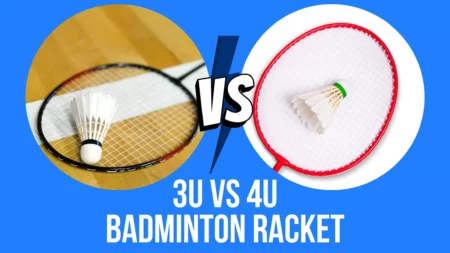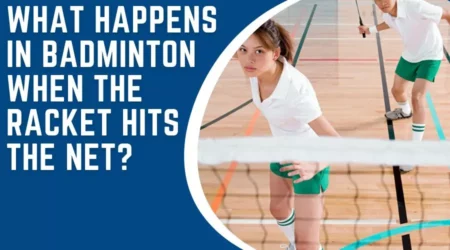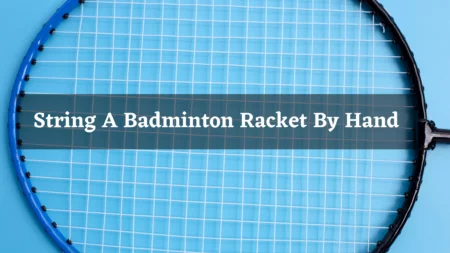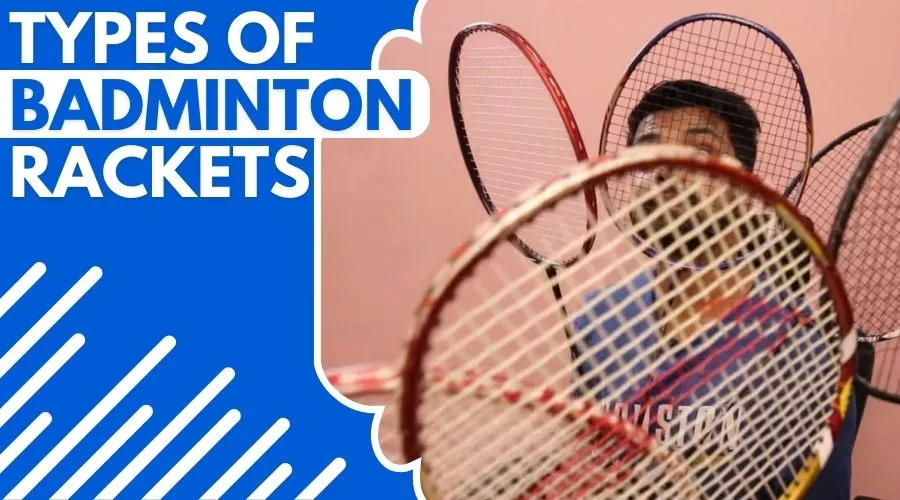
As a badminton enthusiast, I’ve had the chance to try out a variety of rackets over the years.
From my personal experience, I can say that the type of badminton racket you choose can significantly impact your gameplay. That’s why it’s essential to consider the various types of badminton rackets on the market and select the one that best fits your skills, playing style, and preferences.
I’ll delve into the different types of badminton rackets based on material, head size, and frame thickness.
Through my experiences with each type, I’ll provide insight into the unique characteristics and how they can affect your game.
Whether you’re a beginner or an advanced player, there’s a racket out there that’s perfect for you. So let’s explore the options and find the best fit for your badminton journey.
Types of Badminton Infographics
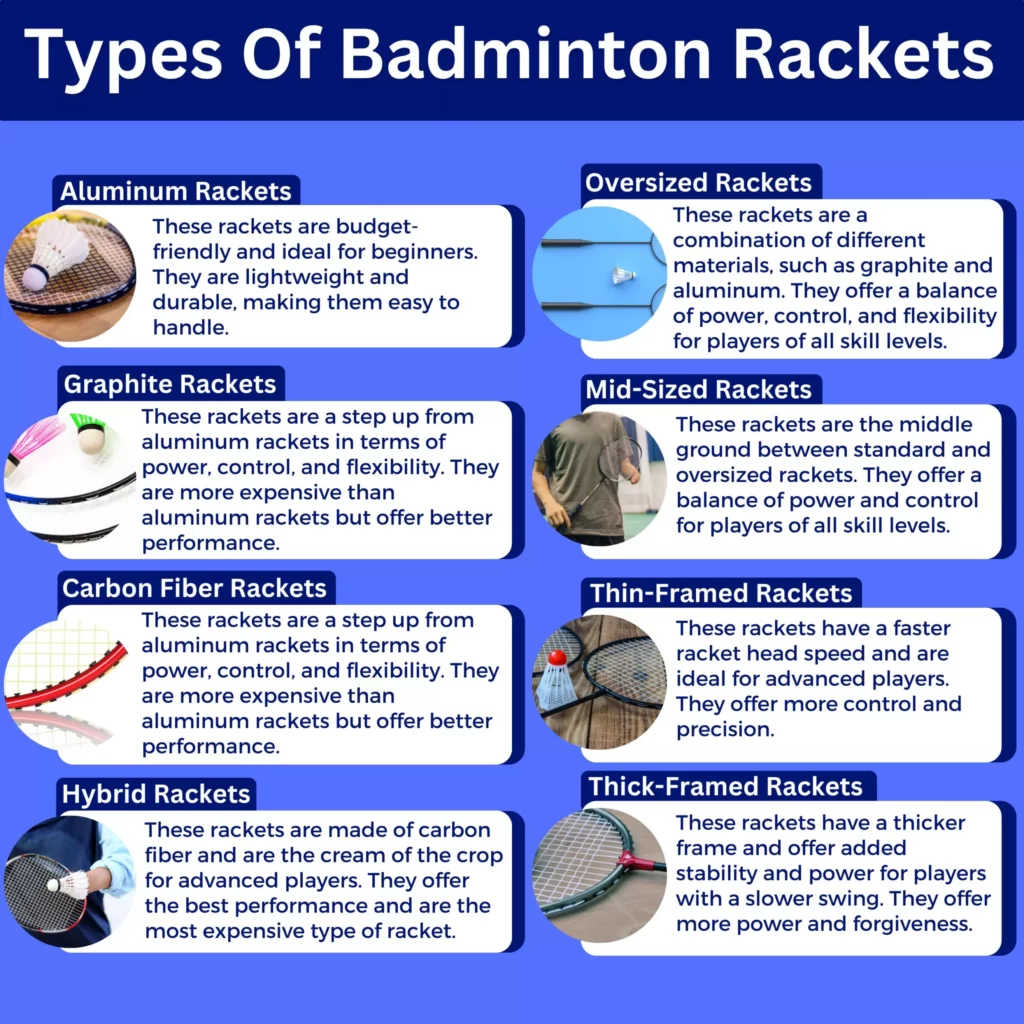
Introduction to the different types of badminton rackets:
Feeling like your badminton game is stuck in a rut? It might be time to switch things up and try out a new racket.
There are countless options available, each with its own unique characteristics that can impact your gameplay, so it’s essential to consider the various parts, head-heavy balance sizes, and frame thicknesses and choose the one that aligns with your skills, playing style, and preferences.
I’ll discuss a wide range of different types of badminton rackets and provide actionable tips on finding the right one for you.
From aluminum and graphite to carbon fiber and hybrid combinations, each material offers a distinct set of benefits and drawbacks that can affect your power, better control, flexibility, and durability.
Head size is an essential factor to consider as well. Larger head sizes offer a bigger sweet spot, making them easier to hit with and suitable for beginners or defensive players swing with a slower swing.
On the other hand, smaller head sizes provide more control and precision, making them a great choice for advanced players.
Frame thickness is another aspect to take into account. badminton Racket frames can range from thin to thick, with thin frames allowing for faster racket lighter head speed, and better maneuverability, and thick frames providing added stability and power. It’s all about finding the even balance racket that works best for you.
Aluminum rackets: Budget and beginner-friendly
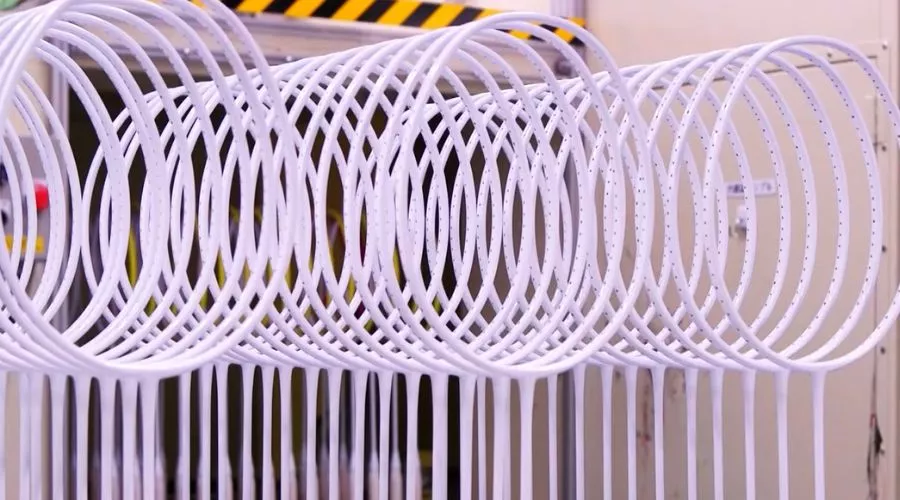
aluminum rackets are made of lightweight aluminum and have a simple, sturdy design. They are budget-friendly and beginner-friendly, making them a great option for professional players of all skill levels.
One advantage of aluminum rackets is their cost. They tend to be much cheaper than other types of rackets, making them a cost-effective choice for those on a tight budget. They also have a durable design, which means they are less prone to breaking or malfunctioning.
In terms of gameplay, aluminum rackets are lightweight and easy to swing and maneuver, which can be beneficial for doubles players who are still developing their skills.
They also have a large sweet spot, which is the area on the racket head where you can make contact with the shuttlecock and still get a good shot. This can be especially helpful for beginners still learning to hit the shuttlecock consistently.
However, aluminum rackets may not provide as much power and flexibility as other types of rackets. They may not generate as much force behind your shots and may not be as responsive to quick changes in direction. This can be a disadvantage for intermediate and advanced players who are seeking more control and precision.
From my personal experience, I’ve found that aluminum rackets are a practical choice for beginners
Graphite rackets: A step up in power, control, and flexibility
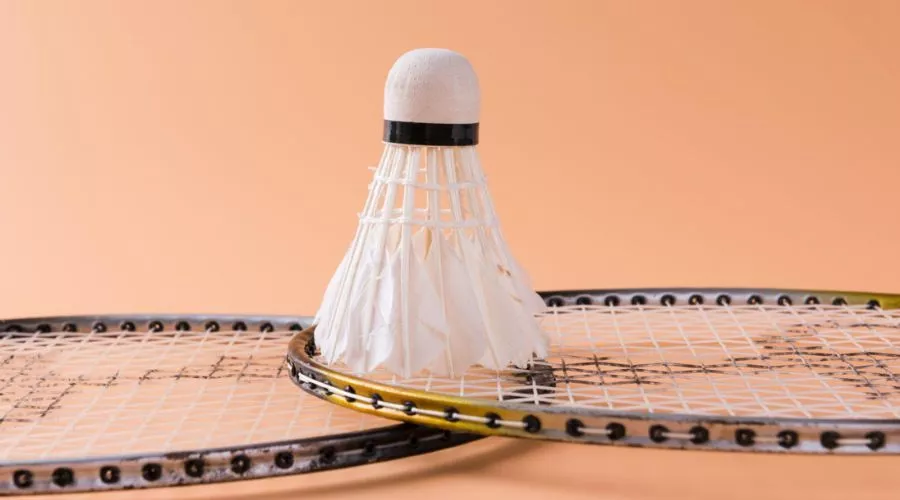
Graphite rackets are a popular choice among intermediate players looking to boost their power, control, and flexibility. These rackets are made of a lightweight and strong graphite material, which provides an excellent balance point of power and control.
One benefit of graphite rackets is their ability to generate more force behind your shots. The head light badminton racket material allows for more power, which can help you overpower your opponents. They also offer good control, allowing you to place your shots more accurately on the court.
In flexibility, graphite rackets are more responsive to quick changes in direction and can help you execute shots with greater precision. This can be especially helpful for players who rely on fast footwork and quick reflexes.
These tend to be more expensive than aluminum rackets and may not be as durable. They also may have a smaller sweet spot, which means you need to make more precise contact with the shuttlecock to get a good shot. This can be a challenge for beginners and players with a slower swing.
Overall, graphite rackets are a suitable choice for intermediate and advanced players seeking a balance of power, control, and flexibility. They may be pricier and have a smaller sweet spot, but they can help elevate your game to the next level.
Carbon fiber rackets: The cream of the crop for advanced players”

Carbon fiber rackets are a high-performance option for advanced badminton players looking to take their game to the next level. These rackets are made of lightweight and strong carbon fiber material, which provides excellent power, control, and flexibility.
One merit of carbon fiber rackets are head light rackets is their ability to generate a significant amount of force behind your shots. The carbon fiber material allows for maximum power, which can help you overpower your opponents and execute shots with incredible swing speed and precision.
carbon fiber rackets offer excellent precision and allow you to place your shots exactly where you want them on the court.
They are also highly flexible and responsive to quick changes in direction, making them suitable for players who rely on fast footwork and quick reflexes.
Carbon fiber rackets tend to be the most expensive type of nost rackets and may not be as durable as other options.
They also may have a smaller sweet spot, which means you need to make more precise contact with the shuttlecock to get a good shot. This can be a challenge for players with a slower swing.
These rackets are a top choice for advanced players who tend to seek maximum power, control, and flexibility. They may be pricier and have a smaller sweet spot, but they can help you elevate your game to a whole new level.
Hybrid rackets: A balance of materials for all skill levels”

Hybrid rackets are a popular among tennis players due to their ability to provide a combination of power and control. These rackets are constructed with a blend of materials, such as graphite and titanium, which work together to create a unique playing experience.
One standout characteristic of hybrid rackets is their versatility. They are suitable for a wide range of playing styles, whether you prefer to hit hard and fast or play with a more measured approach.
This makes them a great choice for players who want a racket that can adapt to their changing needs on the court.
In addition to their adaptability, hybrid rackets are also known for their comfort. The combination of materials used in their construction helps to absorb shock and vibration, resulting in a more pleasant playing experience.
When choosing a hybrid racket, it’s important to consider your individual needs and preferences. Think about the type of shots you like to hit and the level of control you desire.
Trying out different headlight rackets can also be helpful in finding the one that feels the most natural and comfortable for you.
Oversized rackets: A larger sweet spot for beginners and players with a slower swing

Oversized rackets, also known as “super oversized” rackets, are designed with a larger head size than traditional rackets.
These rackets have a head size that is typically around 115 square inches or larger. The larger head size allows for a larger sweet spot, which can make it easier for players to hit powerful shots with more consistency.
One of my personal experiences with an oversized racket was when I was first learning to play tennis. As a beginner,
I struggled with finding the sweet spot on my racket and often hit shots that were either too powerful or too weak. My coach suggested I try using an oversized racket to see if it would help improve my consistency.
To my surprise, the oversized racket made a huge difference in my game. The larger sweet spot allowed me to hit shots with more power and control, and I found that I was able to place my shots more accurately on the court.
My personal anecdotes with oversized rackets also include using them in doubles player matches. In doubles, the larger head size can be particularly useful for players who like to hit volleys and overhead smashes. The added power and control that the racket provides can be a big advantage in these situations.
Overall, my personal accounts with oversized rackets have been very positive. They have helped me to improve my consistency and power on the court, and I have found them to be a great choice for both singles and doubles play.
Mid-sized rackets: The middle ground between standard and oversized
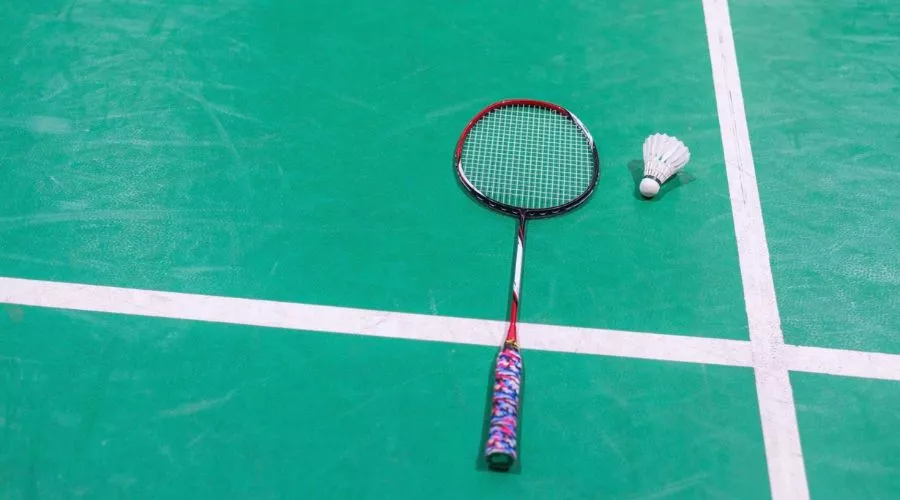
Mid-sized rackets are a type of tennis racket that fall in between the standard and oversized categories in terms of head size. They typically have a head size that is around 100-115 square inches.
I am using with a mid-sized racket when I was transitioning from an oversized racket to a more standard-sized one. I had been using an oversized racket for a while and felt comfortable with the larger sweet spot, but I wanted to try something a little different.
I decided to give a mid-sized racket a try, and I was pleasantly surprised by the results. The smaller head size required me to be more precise with my shots, but I found that I was still able to generate a good amount of power.
The racket felt very responsive and allowed me to make quick adjustments to my shots.
In terms of overall performance, I found that the mid-sized racket was a good compromise between the power and control of an oversized racket and the precision and responsiveness of a standard-sized one.
I would recommend a mid-sized racket to players who want for a even balance racket of these qualities and want a racket that can adapt to their changing needs on the court.
“Thin-framed rackets: Faster racket head speed for advanced players”
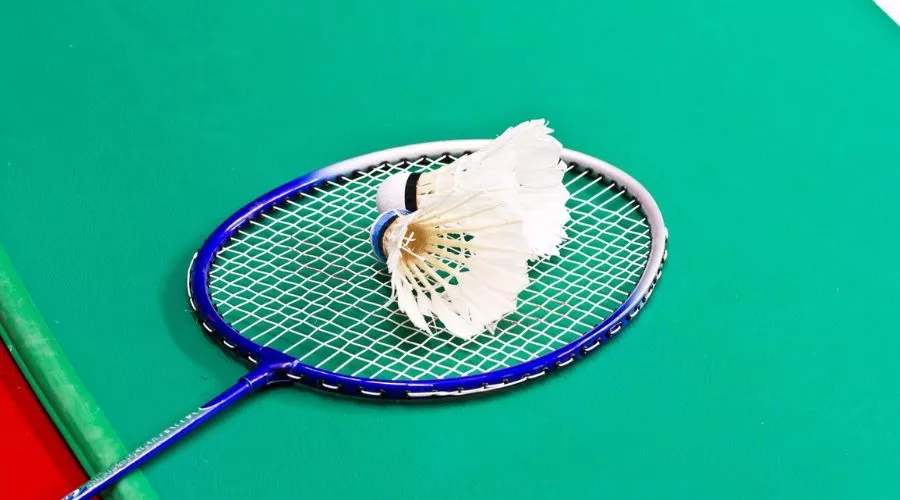
Thin-framed rackets, also known as “low-density” or “ultra-lightweight” rackets, are designed with a thin frame and a smaller head size. These rackets are typically around 90-100 square inches in size and are known for their lightweight and maneuverable design.
As a player who prefers a more technical and precise game, I have always been drawn to thin-framed rackets. The lightweight design allows me to make quick adjustments to my shots and helps me to maintain control over the racket when hitting more complex shots.
In terms of performance, I have found that thin-framed rackets are very responsive and allow me to make subtle changes to the direction and spin of my shots. This level of control can be benefit when playing on a slower or more uneven surface, where the ball may not bounce as consistently.
Thick-framed rackets: Added stability and power for players with a slower swing”
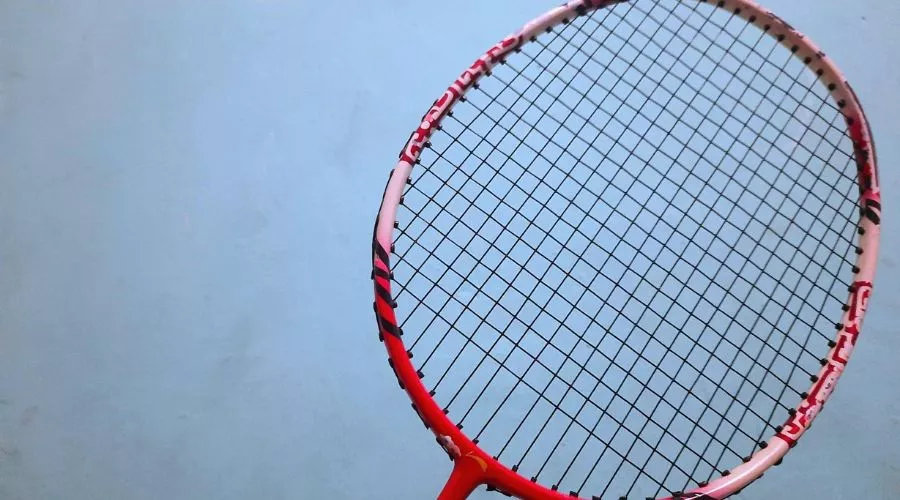
Thick-framed rackets, also known as “high-density” or “heavy” rackets, are designed with a thicker frame and a larger head size. These rackets are typically around 105-115 square inches in size and are known for their ability to generate power and stability.
The thicker frame and larger head size give me a larger sweet spot, which allows me to hit shots with more force and conviction.
In performance, I have found that thick-framed rackets offer a higher level of stability and power compared to thinner-framed rackets. This can be useful when playing on a faster or more consistent surface, where the ball may bounce more predictably.
Conclusion: choosing a badminton racket for you
It’s difficult to say which type of badminton racket would be suitable for you based on your personal experience without knowing more about your playing style and preferences.
There are many different factors to consider when choosing a badminton racket, including the weight and balance of the racket, the size and shape of the head, the flex of the shaft, and the material of the frame.
In general, heavier rackets tend to offer more power and stability, while lighter rackets offer more speed and maneuverability. Larger head sizes tend to offer a larger sweet spot and more power, while smaller head sizes offer more control and precision.
Stiffer shafts tend to offer more power and control, while more flexible shafts offer more shot speed and spin. And rackets made from different materials, such as aluminum, carbon fiber, or titanium, can have different properties and characteristics as well.
Ultimately, the best racket for you will depend on your personal playing style and needs. It may be helpful to try out a few different rackets and see which one feels the most comfortable and suitable for your game.
You might also consider seeking the advice of a coach or experienced player who can help you choose the right racket for your level and style of play.
FAQS
What are the different types of badminton rackets?
There are several different types of badminton rackets, including lightweight, medium-weight, and heavy-weight rackets. Rackets can also be classified by their head size (small, medium, or large), the shape of their head (isometric head shape or oval), and the material of their frame (aluminum, carbon fiber, titanium, etc.).
How do I choose the right badminton racket for me?
Choosing the right badminton racket depends on your playing style, skill level, and personal preferences. Consider the weight and balance of the racket, the size and shape of the head, the flex of the shaft, and the material of the frame when making your decision. It may also be helpful to try out a few different rackets and see which one feels the most comfortable and suitable for your game.
Can I use the same racket for singles and doubles play?
It is possible to use the same racket for both singles and doubles play, but some players may prefer a racket that is specifically designed for one or the other. Singles rackets tend to be more lightweight and maneuverable, while doubles rackets tend to be heavier and more powerful.
Do more expensive rackets perform better?
Not necessarily. While it is true that more expensive rackets may be made with higher-quality materials and construction, this does not guarantee that they will perform better for every player. It’s important to consider your own playing style and needs when choosing a racket, rather than simply going for the most expensive option.
Can I use a badminton racket for playing other racquet sports?
It is possible to use a badminton racket for playing other racquet sports, such as tennis or squash, but it may not be ideal. Badminton rackets are generally lighter and more flexible than rackets used for these other sports, so they may not offer the same level of power and control. It’s generally best to use the racket that is specifically designed for the sport you are playing.

